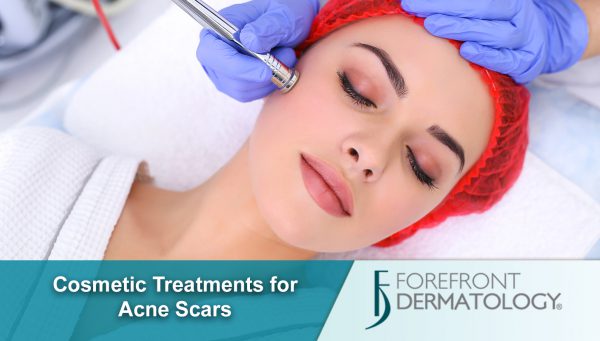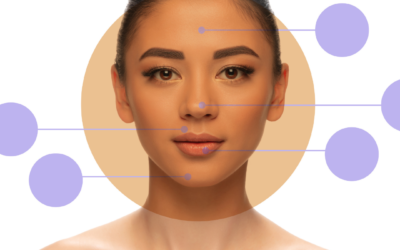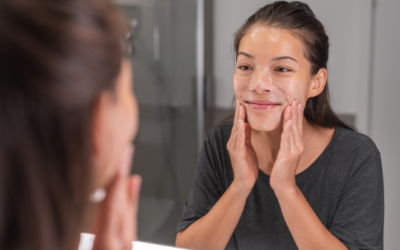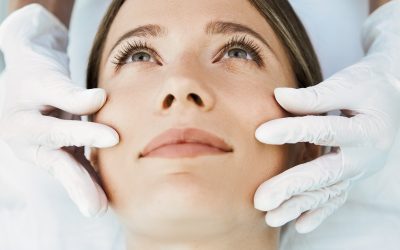
Whether you suffered from acne as a teen or in adulthood, it can sometimes lead to unfortunate acne scarring. Not everyone will experience acne scars, but it is more common in individuals who have inflammatory acne (which penetrates deeper in the skin), pop or pick pimples, or have a family history of acne scars.
According to the American Academy for Dermatology, as we age acne scars often become more apparent because our skin begins to lose collagen. Safe and effective treatments are available for acne scars, but a consultation is first needed. During the consultation, a board-certified dermatologist will examine your skin to determine the best treatment plan for your type of acne scars.
According to Dr. Victoria Negrete, board-certified dermatologist for Forefront Dermatology, “there are three types of cosmetic procedures that are the most effective in reducing acne scars – microneedling, chemical peels and fractional resurfacing lasers.”
Microneedling
Microneedling is also known as collagen induction therapy and is commonly used to improve tone and texture, surface scarring (such as acne scars) and treat fine wrinkles. This treatment uses fine needles to create hundreds of tiny, invisible puncture wounds in the top layer of the skin. It may sound painful, but the treatment is virtually painless and incredibly effective. “Microneedling stimulates your skin’s natural ability to heal itself. In the process, it produces more collagen and elastin resulting in a thicker skin and softened acne scars,” stated Dr. Negrete, “the healing process begins right away and the downtime is minimal.” For best results, it is recommended that microneedling be performed in a series of treatments over time.
Chemical Peels
Think of your skin in layers. Underneath the surface of your skin is a flawless complexion just waiting to be revealed – a chemical peel is the fastest way to it. A chemical peel helps remove dull surface cells, improve fine lines, acne scars and discoloration. According to Dr. Negrete, “After the solution is applied to your skin, the acid starts to help shed the top layer of your skin causing the living skin cells below it to multiply and move to the surface. The result is an increase in collagen production and smoother, more radiant skin.” After a consultation with your local dermatologist, the right peel can be determined to help soften the scars from acne. For example, a glycolic acid peel dives deep into the skin to help unclog pores and fade your acne scars.
Fractional Resurfacing Laser
There are several types of fractional resurfacing lasers including Fraxel, Halo and Pixel. These lasers work best for patients under 50 with mild to moderate acne scarring. During this type of treatment, the laser creates tiny “pixels” deep into the skin which, during the natural skin repair process, causes the skin to push out the old, damaged skin cells. Each treatment replaces about 15 to 20 percent of the scarred skin with healthy new cells and collagen. Although fractional resurfacing laser treatments are not painful during the procedure they do cause slight discomfort after the numbing cream wears off. Redness can also occur over a 24 to 72 hour period. Dr. Negrete mentions, “It is important understand that fractionated laser treatments should be performed in a series of treatments. It is typical for a patient to need anywhere from 2 to 4 treatments for optimal results.”
Struggling with Acne Scars?
If you struggle with your acne scars and would like to find relief, the skin health experts at Forefront Dermatology are here to help. Find your nearest provider and schedule your acne scar consultation today.





